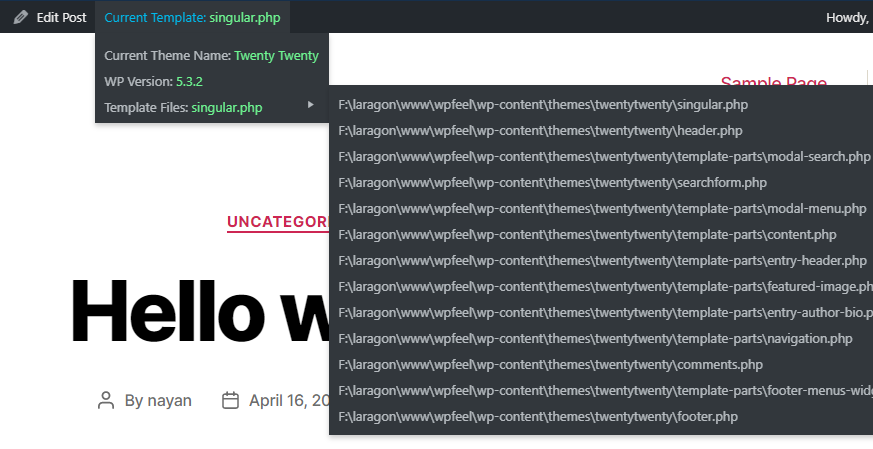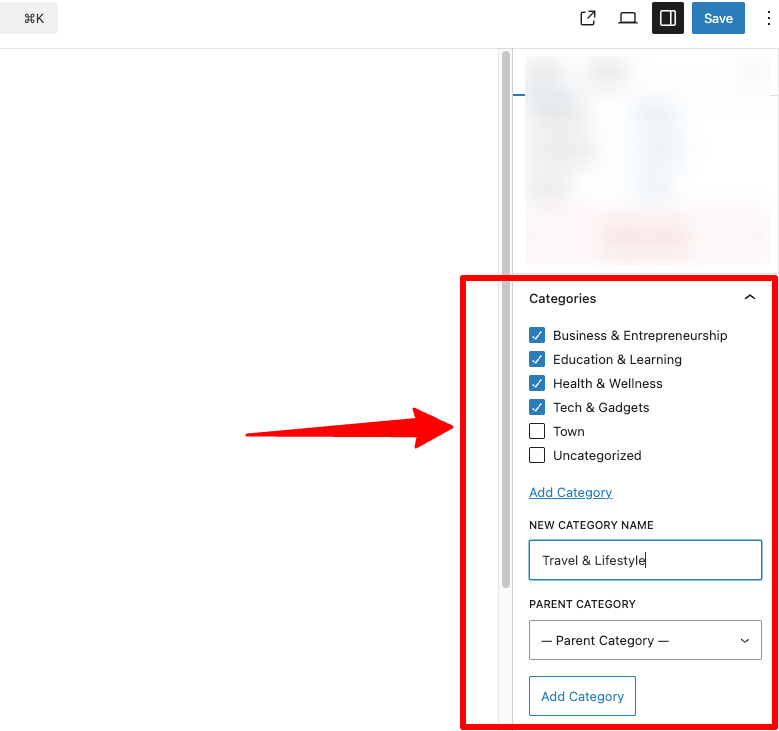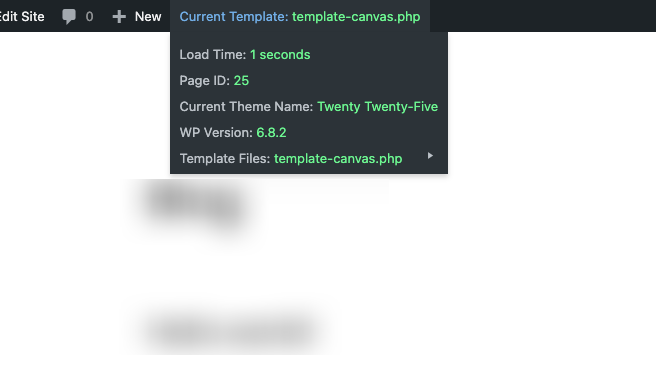
Duplicate Page, Hide Title, Custom CSS & JS, Exclude Search, Template Info - OneWP
| 开发者 |
nayanchamp7
wpfeelteam optemiz happydevs |
|---|---|
| 更新时间 | 2025年10月23日 16:46 |
| PHP版本: | 7.4 及以上 |
| WordPress版本: | 6.8 |
| 版权: | GPL v3 or later |
| 版权网址: | 版权信息 |
详情介绍:
OneWP – All-in-One Solution for WordPress
Note: 'OneWP' is Rebranded from 'Pagely', for Trademark policy.
OneWP is the ultimate All-in-One Solution for WordPress, designed to give you complete control over your pages and posts. Whether you want to enhance page performance, manage visibility, or secure your content, OneWP brings all essential page management features into a single, easy-to-use plugin.
FEATURES
✅ Duplicate page & post
✅ Specific page custom CSS & JS editor
✅ Disable Gutenberg for specific page/post
✅ Disable Comments for specific page/post
✅ Disable Feed for specific page/post
✅ Hide Header
✅ Hide Footer
✅ Hide Page Title
✅ Hide feature image
✅ Hide Admin Bar
✅ Exclude page from search
✅ Exclude page from archive
✅ Page Category & Tag
✅ Page Notes
✅ Current Page ID
✅ Current Template Name
✅ Current Template File Load Time
✅ Current Wordpress Version
✅ Included files name in current template
✅ Custom body class for specific page/post
✅ Export/Import Page [Upcoming]
✅ Sitemap (HTML Sitemap & XML Sitemap) [Upcoming]
✅ Fraud Protection [Upcoming]
✅ Password Protection [Upcoming]
✅ Reading Progressbar [Upcoming]
✅ Page view count [Upcoming]
✅ Page to PDF [Upcoming]
✅ Page Redirection [Upcoming]
✅ Content Protection [Upcoming]
OneWP – the All-in-One Page Solution ensures your WordPress site is fully optimized, secure, and easy to manage. It’s perfect for developers, bloggers, and business websites that need full control over page management.
Take your WordPress pages to the next level with OneWP, the ultimate All-in-One Page Solution for creating, protecting, and optimizing your content.
💥 Want More???
If you like this plugin, then consider checking out our other projects:
Happy WooCommerce FAQs - Product FAQs for Woocommerce makes and shows Frequently Asked Questions about products.
Advanced Autocomplete Order for WooCommerce - Complete Thousands WooCommerce orders automatically.
Patternly - Gutenberg templates and patterns library.
安装:
This section describes how to install the plugin and get it working.
- Upload the plugin files to the
/wp-content/plugins/current-template-namedirectory, or install the plugin through the WordPress plugins screen directly. - Activate the plugin through the 'Plugins' screen in WordPress
- Now in front see adminbar showing the menu.
屏幕截图:
常见问题:
Why would I need this plugin?
With OneWP, you can duplicate pages & posts, add custom CSS & JS per page, and hide page titles or admin bar, saving you time and improving content management.
Can I hide certain pages from search or archives?
Yes! OneWP allows you to exclude pages from search and archive, giving you full control over your site’s visibility and organization.
How can I track template and page information?
OneWP shows current page ID, template name, template file load time, WordPress version, and included files in your template, making debugging and optimization easier.
Can I secure my pages or content?
Absolutely! With OneWP, you can use password protection, fraud protection, content protection, and page redirection, keeping your pages safe and controlled.
Is there an option to export or convert pages?
Yes! OneWP supports export/import pages and will soon allow page to PDF, helping you manage and share your content efficiently.
更新日志:
1.3.4 - 23/10/2025
- Rebranded: For Trademark issue Rebranded to OneWP.
- Added: Disable gutenberg editor for specific page/post - feature added.
- Added: Disable comments for specific page/post - feature added.
- Added: Disable feed for specific page/post - feature added.
- Added: Hide header for specific page - feature added.
- Added: Hide footer for specific page - feature added.
- Added: Hide feature image for specific page/post - feature added.
- Added: Custom body class - feature added.
- Added: Specific page custom CSS & JS editor - feature added.
- Added: Duplicate page & post - feature added.
- Added: Hide page title - feature added.
- Added: Hide Admin Bar - feature added.
- Added: Exclude page from search - feature added.
- Added: Exclude page from archive - feature added.
- Added: Page Category & Tag - feature added.
- Added: Page Notes - feature added.
- Enhancement: Enhancement and fine tuning.
- Added: WordPress 6.8 version compatibility added.
- Fixing: Minor adjustment.
- Added: 'OneWP' is the updated brand name of 'TempTool'.
- Added: WordPress 6.6 version compatibility tested.
- Added: Appsero SDK updated.
- Added: WordPress 6.3 version compatibility tested.
- Added: WordPress 6.2 version compatibility tested.
- Fixed: Removed opt-in popup.
- Added: WordPress 6.0 version compatibility tested.
- Added: WordPress 5.9 version compatibility tested.
- Added: WordPress 5.8 version compatibility tested.
- Added: Current page id added.
- Fixed: Wordpress 5.7 compatibility tested.
- Added: Current template load time added.
- Added: Custom Styling Options.
- Fixed: File enhancement.
- Fixed: Junk cleaned.
- Tweak: Wordpress latest version 5.6 compatibility checked.
- Added: Include files.
- Added: Showing template files in adminbar.
- Added: Added plugin files.
- Added: Initialize class and plugin functions.



